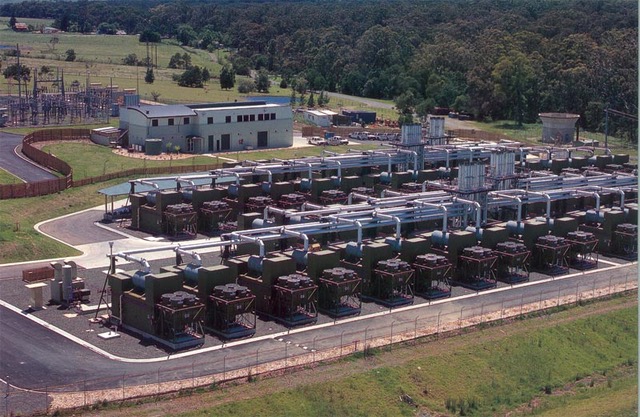Mannheim, November 14, 2018
In August 2018, the European Commission published an extended transitional regime for the EEG surcharge. The agreed German Renewable Energies Act (EEG) provides support for the generation of power from renewable sources. This support is financed through the EEG surcharge, imposed since August 2014 on all electricity users, including users producing their own electricity. The new regime enters into force for new fossil fuel-fired CHP (combined heat and power) plants that went live after August 1, 2014 or that claimed self-supply after this date. CHP plants that generate power from renewable fuels such as biogas, biomethane, plant oil, or wood as well as existing plants that went live before the said date are excluded.
Only Minor Changes to the CHP Legislation 2017
For combined heat and power plants with a net electrical output of up to 1 MW, the EEG surcharge of self-used CHP power again amounts to 40 percent from January 1, 2018. However, a number of restrictions apply: The regime applies only if the CHP plant is highly efficient in accordance with the EU high efficiency criterion and the annual usage amounts to more than 70 percent.
Engines that run on liquid fossil fuels will continue to be charged 100 percent of the EEG surcharge for self-supply. Additionally, this 100-percent regime is to apply to CHP plants running on solid fossil fuels that go live for the first time in 2018.

Complex Regime for Medium-Sized CHP Plants
Henceforth, operators of CHP plants in the electrical output range of 1 to 10 MW will only be charged 40 percent of the EEG surcharge for the first 3,500 full-load hours of use of the annual production.
Subsequently, distinction will be made between newer and older plants. CHP plants that went live for the first time from January 1, 2018 are subject to the so-called “claw-back mechanism“, according to which all self-used cogeneration power in excess of 3,500 full-load hours of use is subject to an EEG surcharge amounting to 160 percent of the normal rate.
The transitional regime applies to CHP plant that went live for the first time or that were used for self-supply for the first time between August 1, 2014 and the end of December 2018. For eligible plants, the self-used CHP power is not subject to a 160-percent claw-back mechanism, but to the normal EEG rate on a pro-rata basis. For plants that went live in 2016, the transitional regime applies without claw-back mechanism for 2019. Plants that went live for the first time in 2017 will also be subject to the transitional regime without claw-back mechanism in 2020.
Plants that went live between August 2014 and the end of December 2015 can only benefit from the transitional regime in 2018.
Operators of larger combined heat and power plants with an output of more than 10 MW can also benefit from the new regime. Under certain conditions, e.g. in the case of highly efficient gas-fired CHP plants with a capacity factor of 70 percent, the CHP plant operators merely need to pay an EEG surcharge of 40 percent.
